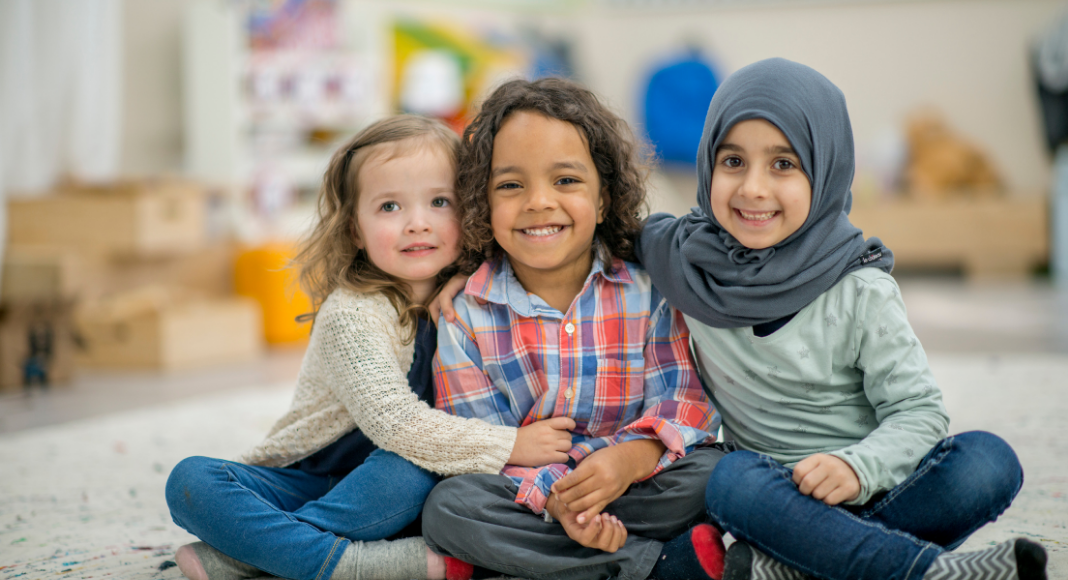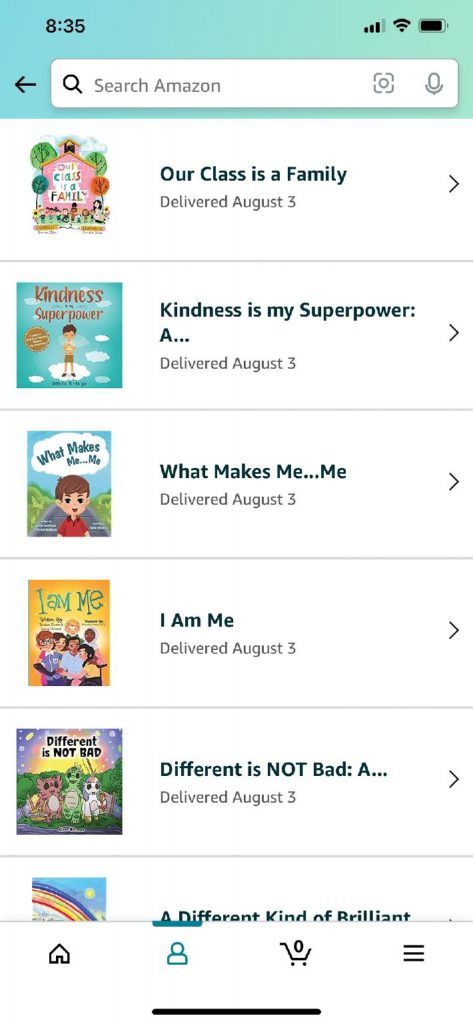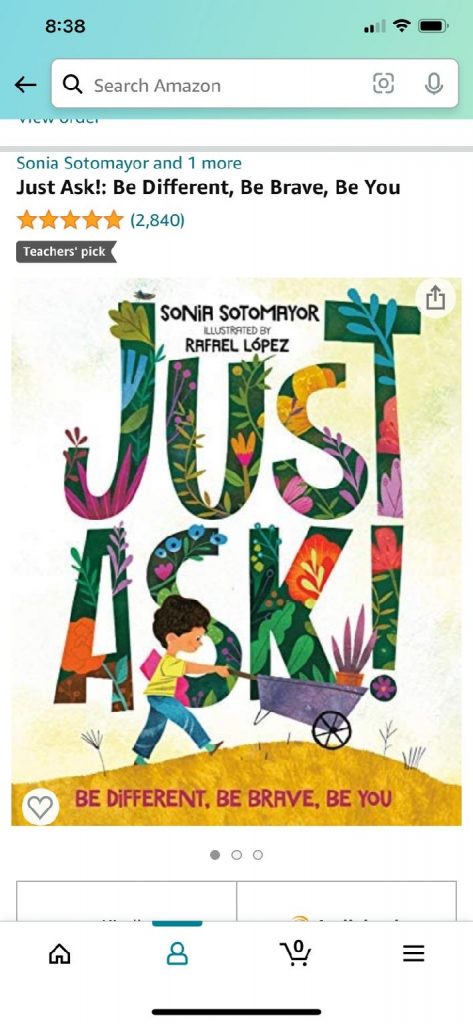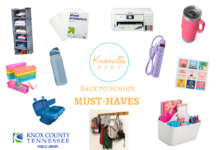 Kindergarten is such a sweet age. They’re growing up and learning about their world, but they are still so little. As a kindergarten teacher and mom of three, I felt compelled to write this for a few reasons. I see many parents so focused on ABCs and 123s, but basic life skills are often lost in getting your child “ready for school.” This isn’t going to be a list of academic skills, but rather skills that will stay with your children through kindergarten and follow them into the rest of their lives. These are skills that will make them a better listener, compassionate, tolerant, and in control of themselves. If your child is neurodiverse (ADHD, Autistic, etc.) these will be implemented and understood differently. That’s perfectly okay. Differences are beautiful.
Kindergarten is such a sweet age. They’re growing up and learning about their world, but they are still so little. As a kindergarten teacher and mom of three, I felt compelled to write this for a few reasons. I see many parents so focused on ABCs and 123s, but basic life skills are often lost in getting your child “ready for school.” This isn’t going to be a list of academic skills, but rather skills that will stay with your children through kindergarten and follow them into the rest of their lives. These are skills that will make them a better listener, compassionate, tolerant, and in control of themselves. If your child is neurodiverse (ADHD, Autistic, etc.) these will be implemented and understood differently. That’s perfectly okay. Differences are beautiful.
And on that note, here are the 5 things I think your child needs to know for kindergarten:
1. People are different. Repeat that phrase to them often. It’s okay to point out differences, while also pointing out positivity. “I don’t see color” isn’t helpful. None of us are colorblind. Children do see differences; the critical part is teaching them that differences should be celebrated.
At home: Model respectful language. “Some people don’t eat meat. They don’t like when animals are hurt. I really respect how they feel. Do you ever feel that way? Wow, yes that girl’s hair does look beautiful. Look at those braids and beads. That’s really cool. Yes, her skin is different from ours, too. It’s so beautiful. If everyone were the same, that would be so boring! Yes, that friend uses an iPad to help him talk. His brain works a little bit differently, and this can help him communicate. I need glasses to help me see. I guess we all need help sometimes! That girl doesn’t talk because she’s autistic. If you watch her, she’ll talk to you in other ways. Some of the world’s greatest minds are autistic!“ Encourage your child to make friends with all different kinds of children, and to include them despite their differences.
How this translates to the classroom: Children in kindergarten are taught about Dr. Martin Luther King Jr. and why his voice was important. I teach about it every year. I also have children in my classroom who will go to speech therapy, use a wheelchair, or have to take medicine throughout the day. When students have questions about this, I talk about differences in a very positive light. Just because someone is different, it doesn’t make them less than you. Here are some books I love. These would be great for both at home and classroom conversations:
2. How to see a need for help. Teach this by holding the door open for others, picking up something someone may have dropped, or offering to hold something for someone. Children learn by watching your example. There’s nothing more heartwarming than seeing a five-year-old offer to help carry something for you, or offering to let a classmate borrow their red crayon.
At home: Point out when someone needs help. “Look at that man, he’s carrying a lot of bags. Let’s hold the door open for him!” When you’ve returned from a grocery run, the entire family helps to unload the bags from the car and put away the groceries. If you see trash, pick it up. Is it yours? It doesn’t matter. We all live here and we all need to help out.
How this translates to the classroom: Our classroom is a community, and we all help each other. Kids will fall down at recess, have trouble opening their milk at lunch, etc. Yes, there are adults around, but it’s never too early for a child to learn to be kind and helpful to their friends.
3. How to regulate their emotions. How does your child calm down when upset? Do they scream and cry? These are normal, human reactions. Children are allowed to cry and have emotional responses, but at school, teachers work hard to give them tools to comfort, soothe, and reassure themselves.
Home example: I taught my daughter to take deep breaths when she was having one of those toddler meltdowns, and she carried that with her through kindergarten. I bent down at eye level with her, and told her to breathe with me. And we took deep breaths together.
How this translates to the classroom: There will be times when your child wants a certain swing, but it’s taken. How do they deal with those feelings? The goal as an educator is to help students regulate their emotions. It’s really important for both parents and teachers to validate the child’s feelings, give them the tools to problem-solve and understand their emotions, and then learn to react appropriately.
Note: This is an ongoing skill that even most adults struggle with daily, so if this is a struggle in your household, you are not alone! As a mom, I’m right there with you.
4. It’s okay to make mistakes. Point out when you make a mistake and show your kids that even adults make mistakes sometimes. Show them how to be honest, admit to the mistake, and problem solve to fix it.
Home example: I drop/spill/mess up things at home sometimes, and I don’t have a big reaction about it. I think kids are often afraid to make or admit to mistakes because they’re afraid of an adult’s big reaction. Can you think of a time in your childhood when you were either terrified of making a mistake, or you lied about a mistake you made? Was it because you were afraid of someone’s reaction? I make it a point to admit to my mistakes and correct them in front of my kids. I want them to see me spill a drink and not have a meltdown, so they can watch me clean it up and say, “It’s okay. I can fix this. No big deal.”
How this translates to the classroom: In the classroom, they will make mistakes. They will put their papers in the wrong place, forget to flush the toilet, lose their folder, and forget to write their name on their paper. My goal is to show them how to problem-solve to fix mistakes, or to be resilient and bounce back from the mistake. In the classroom, we always learn from our mistakes and think about how to do better next time.
Note: This is also a great moment to teach about honesty. It’s okay to admit when you’re wrong and things will always be better if you just tell the truth.
5. You don’t have to say everything that pops in your head, out loud. The kid next to you stinks? You don’t need to say that to everyone. When I teach this in the classroom, I call it “Inside thoughts,” and inside thoughts are okay to tell me privately, or to tell your parent at home.
At home and in the classroom: I try to teach my child not to comment on other people’s appearance out loud (that includes if the person smells strangely). I talk about empathy and how it might make that person feel. Again, this is a thing many adults struggle with. I talk to Amelia a lot about poverty and privilege and how some kids just can’t help the way they are dressed or how they smell, and that all people should be treated with kindness and love. Conversations about these things are so important.





















